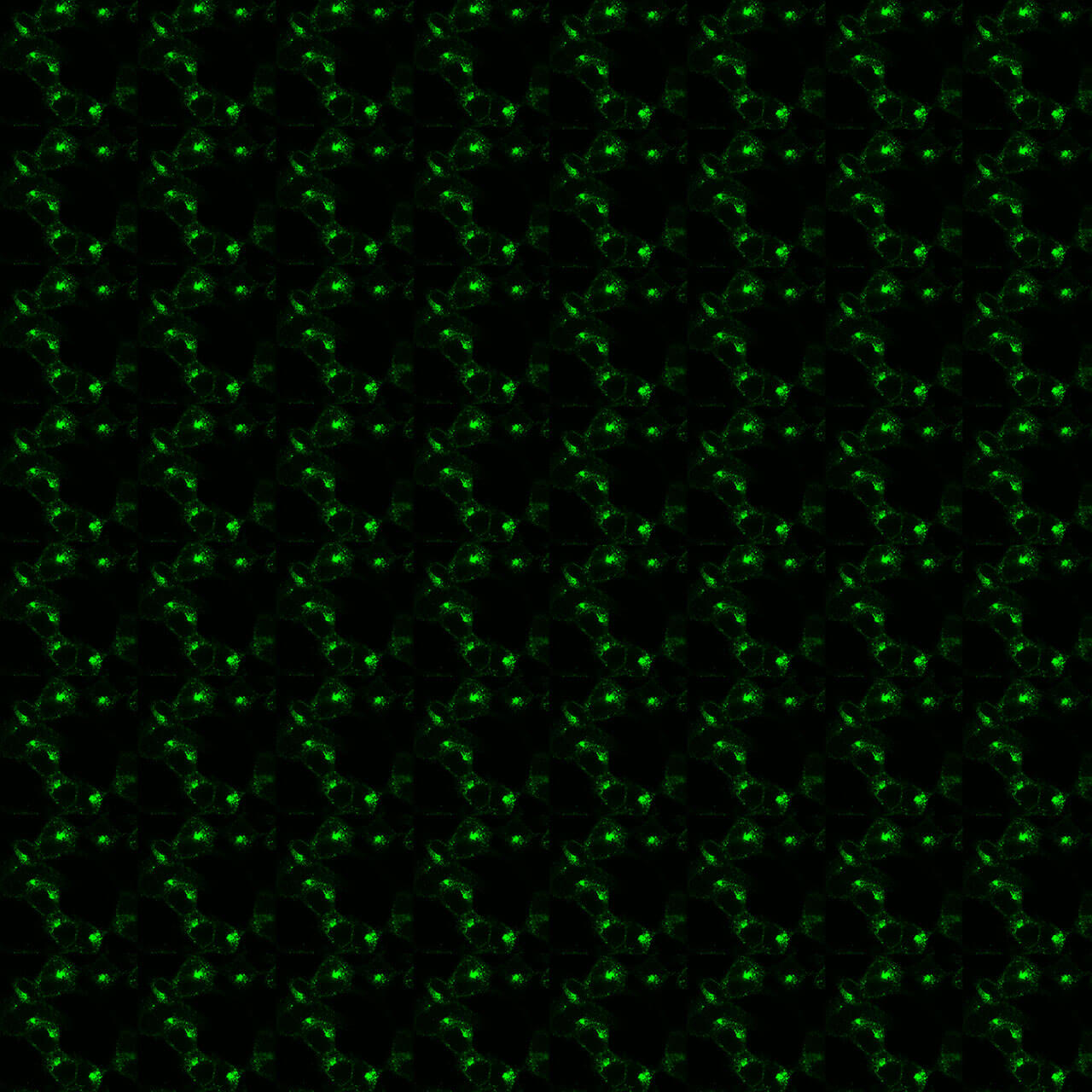No results were found for the filter!
NEW
KO-Validated
 mGPR20 (IHC-grade), G Protein-Coupled Receptor...
mGPR20 (IHC-grade), G Protein-Coupled Receptor... The GPR20 receptor antibody is directed against the distal end of the carboxyl-terminal tail of mouse GPR20. It can be used to detect total GPR20 receptors in Western blots independent of phosphorylation. The GPR20 antibody can also be...
375.00 € *
NEW
 pS401-NTS1 (phospho-Neurotensin Receptor 1...
pS401-NTS1 (phospho-Neurotensin Receptor 1... Serine401 (S401) is major phosphorylation site of the Neurotensin Receptor 1 (NTS1). The pS401-NTS1 antibody detects phosphorylation in response to agonists. S401 phosphorylation is likely to be involved in efficient ligand sequestration...
375.00 € *
NEW
 pS403/pS404-NTS1 (phospho-Neurotensin Receptor...
pS403/pS404-NTS1 (phospho-Neurotensin Receptor... Serine403/Serine404 (S403/S404) is major phosphorylation site of the Neurotensin Receptor 1 (NTS1). The pS403/pS404-NTS1 antibody detects phosphorylation in response to agonists. S403/S404 phosphorylation is likely to be involved in...
375.00 € *
NEW
 pS409/pS410-NTS1 (phospho-Neurotensin Receptor...
pS409/pS410-NTS1 (phospho-Neurotensin Receptor... Serine409/Serine410 (S409/S410) is major phosphorylation site of the Neurotensin Receptor 1 (NTS1). The pS409/pS410-NTS1 antibody detects phosphorylation in response to agonists. S409/S410 phosphorylation is likely to be involved in...
375.00 € *
NEW
 pS409/pS410-NTS1 (IHC-grade phospho-Neurotensin...
pS409/pS410-NTS1 (IHC-grade phospho-Neurotensin... Serine409/Serine410 (S409/S410) is major phosphorylation site of the Neurotensin Receptor 1 (NTS1). The pS409/pS410-NTS1 antibody detects phosphorylation in response to agonists. S409/S410 phosphorylation is likely to be involved in...
550.00 € *
NEW
 P2Y12 (non-phospho) P2Y Purinoceptor 12 Antibody)
P2Y12 (non-phospho) P2Y Purinoceptor 12 Antibody) The non-phospho P2Y12 antibody is directed against the distal end of the carboxyl-terminal tail human P2Y12. It can be used to detect total P2Y12 receptors in Western blots independent of phosphorylation. It can also be used to isolate...
375.00 € *
NEW
 GPR87 (IHC-grade), G Protein-Coupled Receptor...
GPR87 (IHC-grade), G Protein-Coupled Receptor... The GPR87 antibody is directed against the distal end of the carboxyl-terminal tail of mouse, rat and human GRP87. It can be used to detect total GPR87 receptors in Western blots independent of phosphorylation. The GPR87 antibody can...
375.00 € *
NEW
 pS296/pS297-FFA2 (phospho-FFA2 Antibody)
pS296/pS297-FFA2 (phospho-FFA2 Antibody) Serine296/Serine297 (S296/S297) is major phosphorylation site of the FFA Receptor 2 (FFA2). The pS296/pS297-FFA2 antibody detects constitutive phosphorylation of FFA2.
375.00 € *
NEW
 pT306/pT310-FFA2 (phospho-FFA2 Antibody)
pT306/pT310-FFA2 (phospho-FFA2 Antibody) Threonine306/Threonine310 (T306/T310) is major phosphorylation site of the FFA 2 Receptor (FFA2). The pT306/pT310-FFA2 antibody detects phosphorylation in response to agonists. T306/T310 phosphorylation is likely to be involved in...
375.00 € *
NEW
 pS594/pT597/pS599-SMO (phospho-SMO Receptor...
pS594/pT597/pS599-SMO (phospho-SMO Receptor... Serine594/Threonine597/Serine599 (S594/T597/S599) is major GRK2 phosphorylation site of the SMO receptor. The pS594/pT597/pS599-SMO antibody detects phosphorylation in response to agonists. The pS594/pT597/pS599-SMO antibody can be used...
550.00 € *
NEW
 pS433/pS435-GIPR (phospho-Gastric Inhibitory...
pS433/pS435-GIPR (phospho-Gastric Inhibitory... Serine433/Serine435 (S433/S435) is major phosphorylation site of human GIP receptor. The pS433/pS435-GIPR antibody detects phosphorylation in response to agonists. S433/S435 phosphorylation is likely to be involved in efficient ligand...
375.00 € *
NEW
 DOP (non-phospho) δ-Opioid Receptor Antibody
DOP (non-phospho) δ-Opioid Receptor Antibody The non-phospho-∂-opioid receptor antibody is directed against the distal end of the carboxyl-terminal tail of mouse, rat and human DOP. It can be used to detect total DOP receptors in Western blots independent of phosphorylation.
375.00 € *
Citations
 pS363-DOP (phospho-δ-Opioid Receptor Antibody)
pS363-DOP (phospho-δ-Opioid Receptor Antibody) Serine363 (S363) is the primary phosphorylation site in a hierarchical phosphorylation cascade of the delta-opioid receptor (DOP). The pS363-DOP antibody detects phosphorylation in response to high- and low-efficacy agonists but not...
375.00 € *
Citations
 pT361-DOP (phospho-δ-Opioid Receptor Antibody)
pT361-DOP (phospho-δ-Opioid Receptor Antibody) Threonine361 (T361) is a major phosphorylation site of the delta-opioid receptor (DOP). The pT361-DOP antibody detects phosphorylation in response to agonists but not after PKC activation. T361 phosphorylation is a key regulator of DOP...
375.00 € *
NEW
 pT358/pT361-DOP (phospho-δ-Opioid Receptor...
pT358/pT361-DOP (phospho-δ-Opioid Receptor... Threonine358/Threonine361 (T358/T361) is the primary phosphorylation site in a hierarchical phosphorylation cascade of the delta-opioid receptor (DOP). The pT358/T361-DOP antibody detects phosphorylation in response to high- and...
375.00 € *
NEW
 pT361/pS363-DOP (phospho-δ-Opioid Receptor...
pT361/pS363-DOP (phospho-δ-Opioid Receptor... Threonine361/Serine363 (T361/S363) is the primary phosphorylation site in a hierarchical phosphorylation cascade of the delta-opioid receptor (DOP). The pT361/pS363-DOP antibody detects phosphorylation in response to high- and...
375.00 € *
Recently viewed


